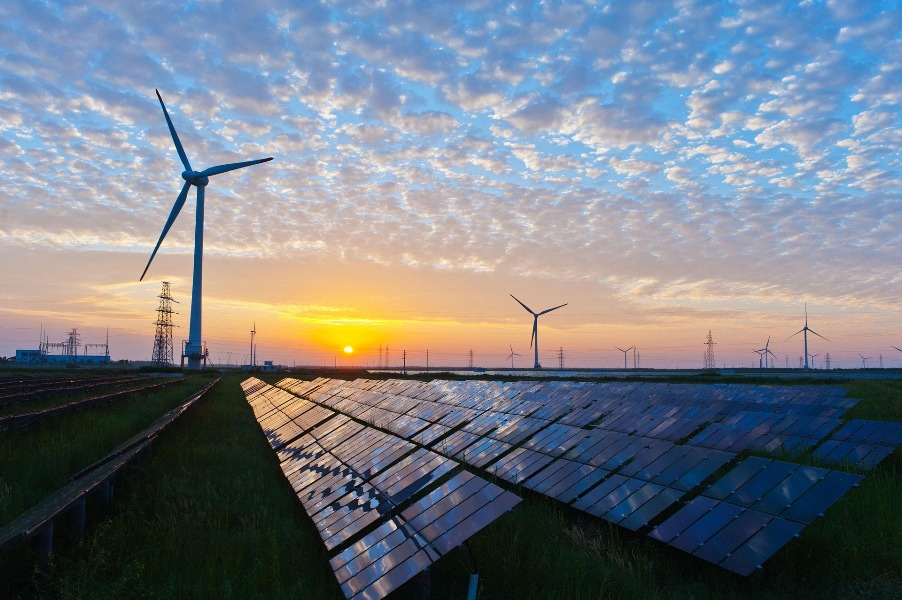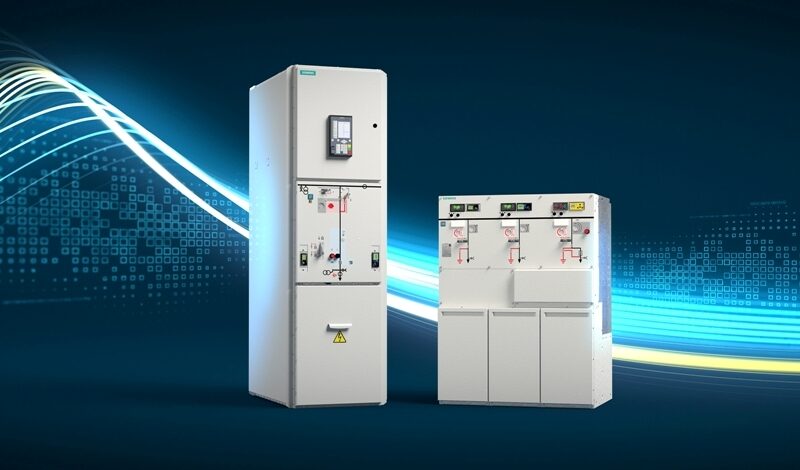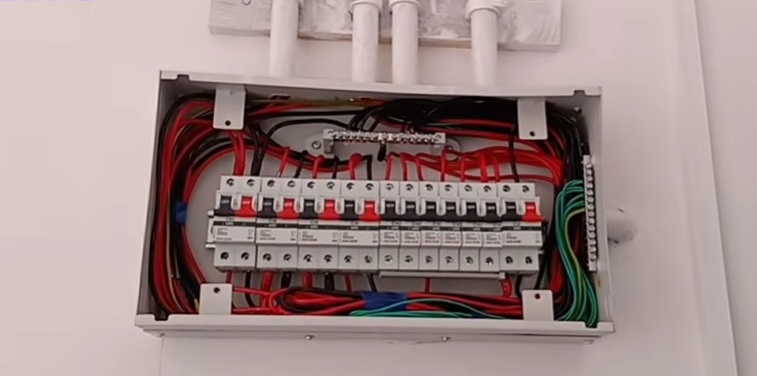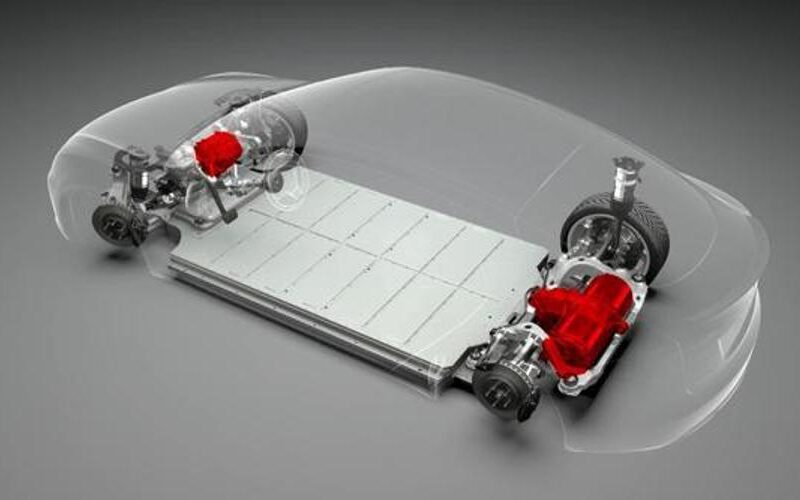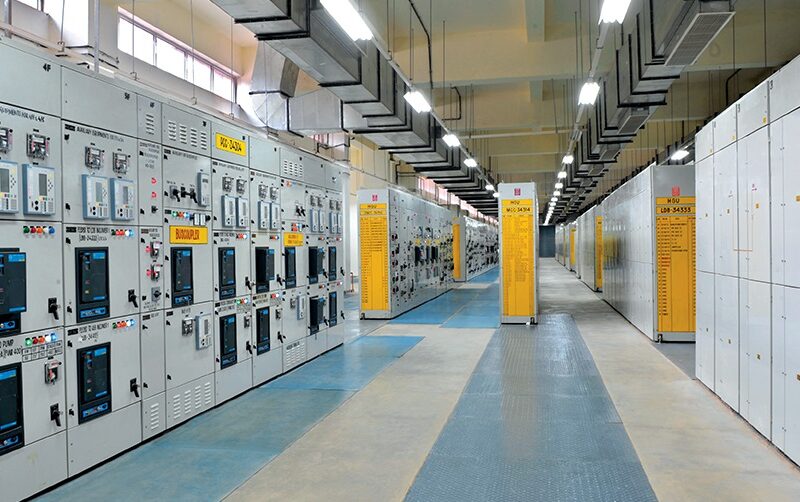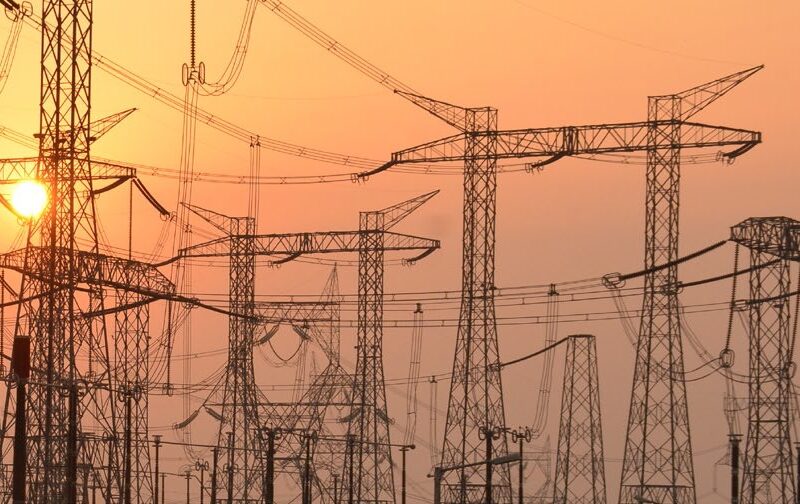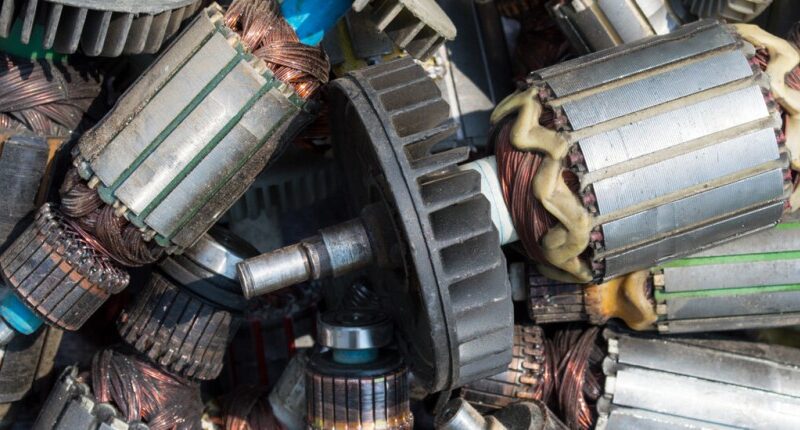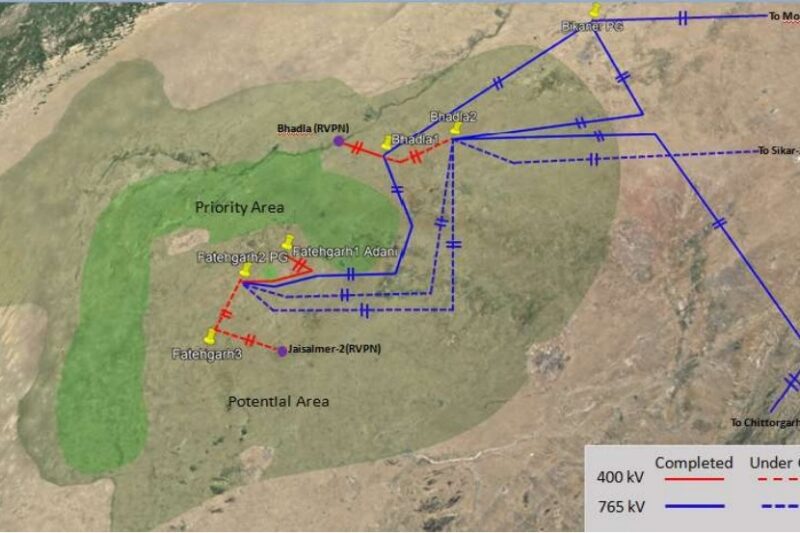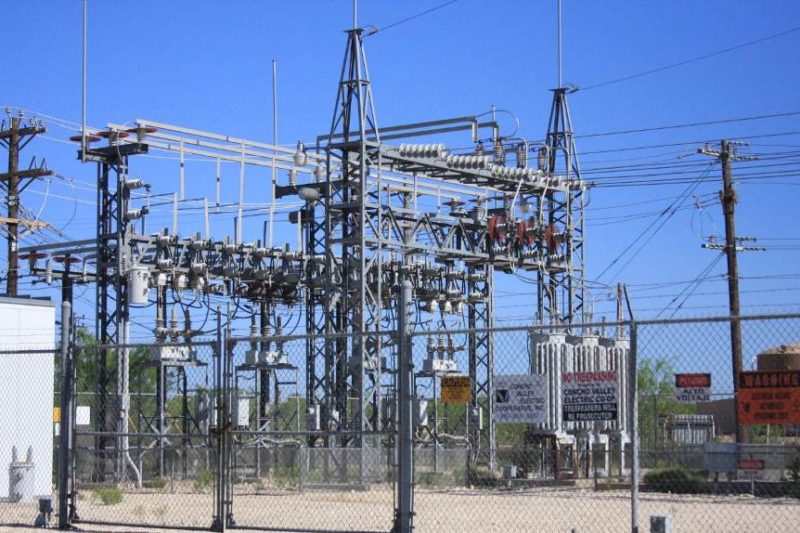Special Report
Share of private sector in generation capacity inches to 50 per cent
Thanks to the growing role of renewable energy, the share of private sector in India’s total power generation capacity is inching towards the 50 per cent mark, latest official statistics suggest.
Global power T&D leaders issue joint statement on climate-neutral power grids
- Nov 12, 2021
Leading power T&D equipment makers including Siemens, Toshiba, Mitsubishi Electric, among others, have issued a joint statement on moving towards power T&D equipment that is free of fluorinated gases, with the ultimate aim of achieving sustainable, climate-neutral power grids.
“There is much scope to improve technical awareness on switchgear products”
- Oct 28, 2021
Despite the fact that switches and switchgear is very commonplace in industrial, commercial and residential establishments, there is much scope to improve awareness on technical aspects amongst both electricians and owners, strongly felt Dinesh Aggarwal, Joint Managing Director, Panasonic Life Solutions India Ltd.
Electrical equipment makers can positively influence e-mobility, says IEEMA
- Oct 19, 2021
Electrical equipment manufacturers can wield a positive influence in improving the technical standards of electrical vehicles (EV) in the country, according to senior officials of apex industry body IEEMA.
Schneider Electric sees acquisition of L&T-E&A as a big strength
- Oct 14, 2021
Schneider Electric views its acquisition of Larsen & Toubro’s Electrical & Automation (E&A) business as a big strength for the company, according to Jean-Pascal Tricoire, Chairman and Global CEO of Schneider Electric.
Transmission line addition: Private sector rebounds in August
- Sep 23, 2021
The private sector that could not contribute to power transmission line addition in the first four months of FY22, made its first significant addition in August 2021.
IEEMA seeks formal policy for scrapping inefficient motors
- Sep 3, 2021
Apex industry body Indian Electrical & Electronics Manufacturers’ Association (IEEMA) has proposed that the government should introduce a formal policy for scrapping of energy-inefficient motors.
Protecting the Great Indian Bustard: PGCIL to file fresh petition for transmission licence
- Sep 1, 2021
Central Electricity Regulatory Commission (CERC) has given the liberty to Power Grid Corporation of India Ltd (PGCIL) to file fresh petitions for grant of transmission licence for three of its TBCB projects, after PGCIL has sought recommendations of a Supreme Court-appointed committee constituted in the context of protecting the Great Indian Bustard.
Substation capacity addition improves in July 2021
- Aug 26, 2021
Addition of transformation capacity, through substations of 220kV or higher, saw significant improvement in July 2021, latest government statistics indicate.
Case Study: Kalpa Power uses Salesforce to optimise internal processes
- Aug 17, 2021
Here is a case study on how Salesforce supported Kalpa Power in ensuring that a project site in Gujarat faced minimum downtime, if hit by the ravaging Tauktae cyclone.


